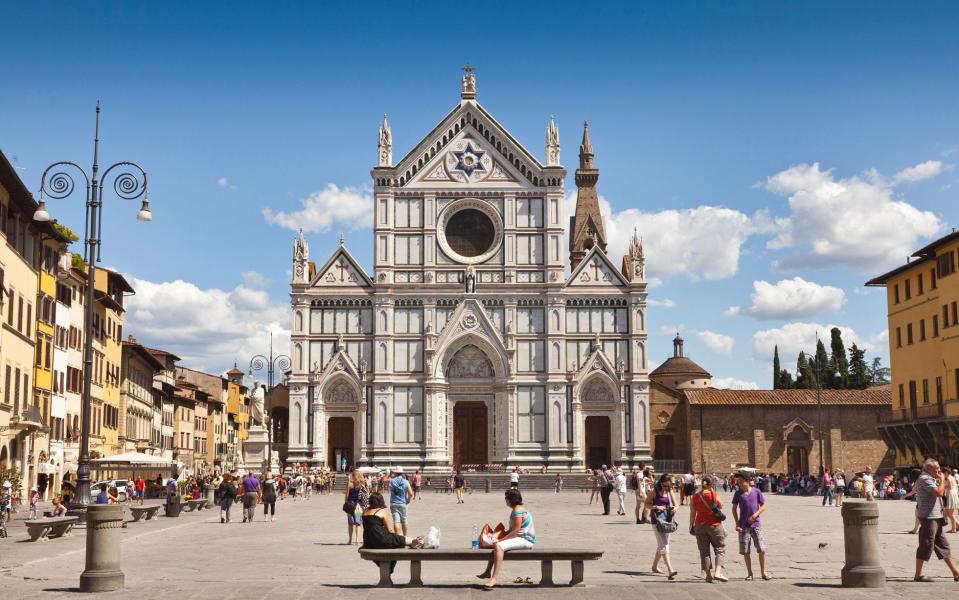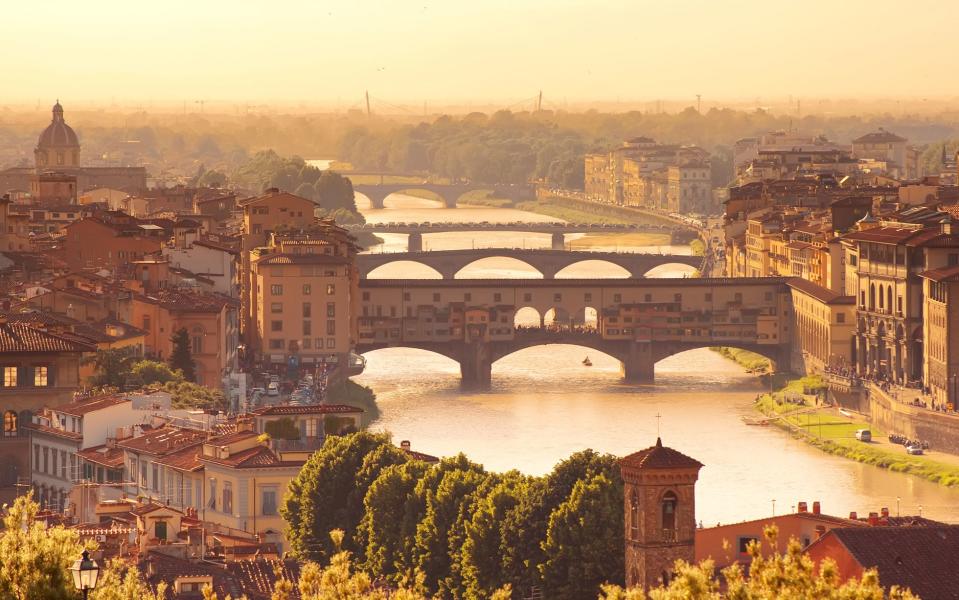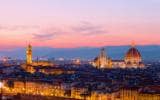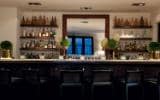Florence city break guide

Expert guide to Florence
Overview Overview
Hotels Hotels
Attractions Attractions
Restaurants Restaurants
Nightlife Nightlife
Itineraries Itineraries
An insider's guide to Florence, featuring the best hotels, restaurants, bars, shops, attractions and things to do, including how to travel there and around. By Lee Marshall, Telegraph Travel's Florence expert. Click on the tabs below for the best places to stay, eat, drink and shop, including the best things to do and what to do on a short break.
Why go?
The cradle of the Renaissance, Florence is one of Europe’s great art cities. Giotto’s frescoes, Michelangelo’s David, canvases by Botticelli, Leonardo da Vinci and a host of other greats in the Uffizi Gallery… there’s so much exquisite art and architecture, it’s difficult to know where to start.

But Florence is also a living city with a vibrant restaurant and nightlife scene, and a lively cultural movida that goes beyond old masters to embrace opera, classical music and contemporary art. Handsome, historic, full of quirky shops and quality crafts, and close to the vine-covered hills of Chianti, it’s one of Europe’s most civilised long weekend destinations.
When to go?
Florence is lovely from late spring through to early autumn, when balmy temperatures, al fresco eating and drinking and a busy open-air arts and concert season make this one of Italy’s most vibrant summer destinations. However, this is also the most popular period, when hotel rates are at their highest and the queues for the Uffizi Gallery are at their longest.

If Florence often roasts in July and August, it can also get bitterly cold in winter – but if you don’t mind wrapping up, January and February are delightfully uncrowded months when you can often find serious accommodation bargains.
Music lovers should check out the schedule of Florence’s world-class classical music and opera venue, the impressive new Teatro del’Opera (operadifirenze.com), before planning a trip; it’s also worth glancing at the exhibition calendar of dynamic arts centre Palazzo Strozzi (palazzostrozzi.org), which puts on some top-flight shows.

Where to go
Try to resist the checklist impulse. Sure, Michelangelo’s David, the glorious Botticellis, Da Vincis and Caravaggios in the Uffizi, the Duomo with Brunelleschi’s remarkable cupola, photogenic civic spaces like Piazza della Signoria or Ponte Vecchio – these are all essential. But not on the same day. Leave time for a stroll around the laid-back Oltrarno quarter with its artisans’ workshops and quirky boutiques, a visit to the city’s bustling new food hub, the re-vamped Mercato Centrale – and don’t, whatever you do, miss out on the trattorias, gelaterias and wine bars that make life here so dolce.
Know before you go
Essential contacts
British embassy in Rome: 00 39 06 4220 0001; gov.uk
Tourist office and information: the main tourist information office is at Via Cavour 1r (00 39 055 290 832, firenzeturismo.it). Open Mon-Fri, 9am-6pm. There are also branches at the train station and the airport
Emergency services: dial 112 (Carabinieri); 113 (State Police); 118 (ambulance)
The basics
Currency: Euro. Most cashpoint machines work with international cards, via the Cirrus circuit
Telephone codes: Dial 00 39 055 for Florence numbers from abroad, 055 from inside Italy or Florence
Time difference: +1 hour
Flight time: London to Florence or London to Pisa is around two hours
Addresses: Florence has a confusing dual numbering system consisting of red numbers for shops and business concerns, and blue (or black) ones for houses and hotels. The two systems are entirely independent; so number 27 blue might be next to number 8 red

The local convention (followed in this guide) is to put a small r (for rosso) after red numbers, and leave blue numbers alone: thus 27 is a blue number, while 27r is red.
Local laws and etiquette
Drivers are required to keep a reflective yellow/orange bib inside the car, to be worn if they break down or have an accident on a busy road and need to get out of the car (they come as standard with hire cars). When driving outside of built-up areas, you are legally required to keep your headlights on at all times, even during the day.
If you’re invited to dinner, flowers or chocolates for the hostess are a more usual gift than a bottle of wine. Don’t take chrysanthemums: they’re for graves.







